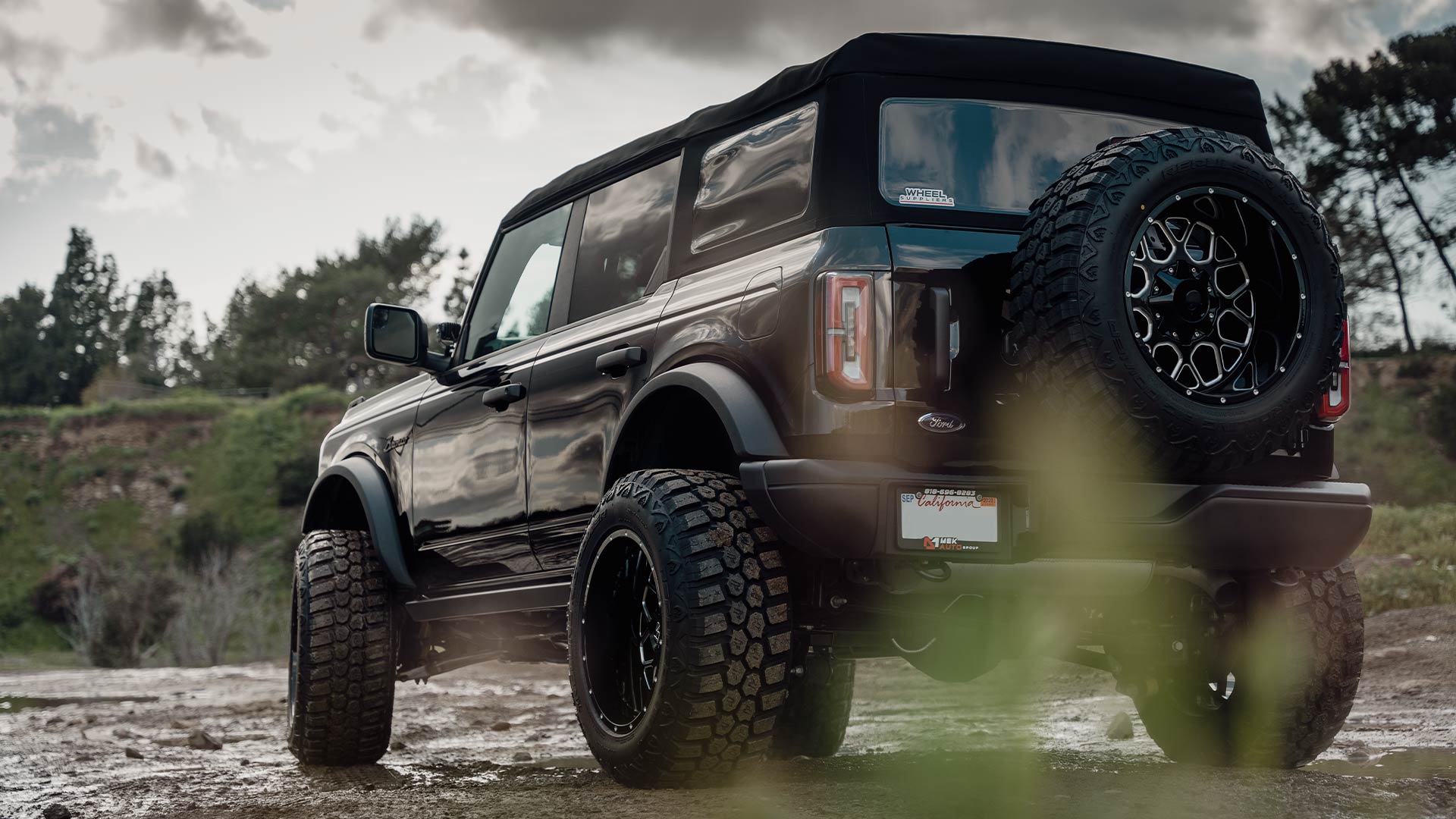Off-Road Driving Tips & Safety
Taking a 4WD (four-wheel drive) truck off the roads has been adventurers’ favorite hobby for decades. Although off-road specific vehicles were initially purpose-built, today many people go off-roading for fun. Modern trucks are amazing machines. They’re built to handle highways comfortably, but are just as efficient once you get off the pavement and into the mud. Having said that, off-roading isn’t as simple as it sounds. It can be challenging and confusing if you’re not well-prepared. In this article, we’ll go over some off-road driving tips and safety so you don’t get stuck between a rock and a hard place. Literally.
What is Off-Roading?
Simply put, off-roading refers to driving a vehicle on roads that are not paved or established. To put it another way, you are not driving on smooth roads. This includes, but is not limited to: dirt, mud, snow, and sand. Unfortunately, not every vehicle is equipped to handle off-road driving situations. You’ll need a dedicated vehicle with special equipment and tires to tackle these rugged terrains.
Types of Off-Roading
- Hill Climbing
- Rock Climbing
- Mudding
- Water Fording
- Green Landing/Overlanding
- Cross Country
- Dune Bashing
- Desert Riding
- Snow Wheeling
- Raiding/Rallying

Safety Tips For Driving Off-Road
Know Your Limit
This is the most important tip on the list. Only go as far as you, your vehicle, and capabilities allow you to. Don’t attempt to drive on more experienced trails if it means putting yourself or others in danger. If you are a novice, it’s best to take off-road driving classes to learn more about your vehicle and how to approach certain obstacles and situations.
Bring A Friend
Although many people go off-roading to unwind and take a break for the hustle and bustle of the day-to-day, it can be extremely beneficial for a friend to tag along. Why’s that? There are a couple reasons. The first is just in case you get stuck and need to be pulled out by a second vehicle. The second: even if your friend isn’t in a second vehicle, having them with you ensures you have a spotter or if something goes wrong, someone to contact authorities.
Check Your Equipment
Checking the condition and state of your equipment is essential to off-road safety. Ensuring your off-road tires have enough tread and aren’t worn down and checking on off-roading gear such as lights, can make your trip less stressful than it has to be.
Tire Pressure
Often referred to as “airing down”, lowering your tires air pressure can help provide better stability and traction. Although it sounds counterintuitive, airing your tires down can help navigate debris and obstacles safely to avoid tire damage. On the flip side, you may encounter off-road situations where the trail may be safer to navigate with more air in the tires. It’s highly recommended to bring along a portable air compressor.
Check The Depth
Depending on where and how often you go off-roading, there are times you may come across water, bodies of water, and puddles. This is referred to as “water fording”, and it can be extremely dangerous if you don’t know what you’re doing. It’s impossible to know how deep water is without physically checking the depth. Therefore, it’s a good idea to always check depth. This can be done by either stepping in the water, or using a long stick or branch.
Know Your Trucks Capabilities
Being familiar with your vehicle can be very advantageous. This tip is useful for both on and off-road driving, even more so with off-road driving. The two things that determine whether or not you can drive on certain terrains are your truck’s engine and its tires.
The engine will determine how fast you can drive, how steep a slope you can conquer, and weather conditions the vehicle can handle. The tires determine the same things, except tires determine what types of obstacles and terrain you can drive on.
How To Drive On Off-Road Terrain
Sand, Snow & Mud
- Air down your tires slightly to increase your tire’s footprint for better traction and grip.
- Keep a steady pace all the way through.
- If your wheels start to spin, ease off the accelerator a little to let the tires slow down and regain traction in sand and snow. In mud, maintain some wheel spin to help clear mud from the drive tires.
Rocks, Ditches & Debris
- Approach the obstacle at an angle, ensuring only one tire engages, leave the remaining tires on solid ground for traction.
- To avoid damaging fragile components underneath the truck, try to drive over an obstacle by placing one tire on, then slowly getting the rest of the vehicle over it.
Hills & Slopes
- Approach hills head on, so weight is distributed evenly, providing equal traction to all four tires.
- Use a higher gear. If the gear is too low, tire spin may occur. If it’s too high, you won’t generate enough power.
- Always prepare for a failed climb attempt and have an escape plan.
Conclusion
Off-road driving can be a fun and exciting experience. There is a lot to learn about driving, equipment, tires and more. However, once you’ve learned the basics and have an understanding of all these aspects, it will be very rewarding. In the end, off-roading is a great opportunity to get outdoors and adventure.
To learn more; check out the how to choose the right off-road tires, how to read off-road tires, and how to extend the life of your off-road tires articles.


